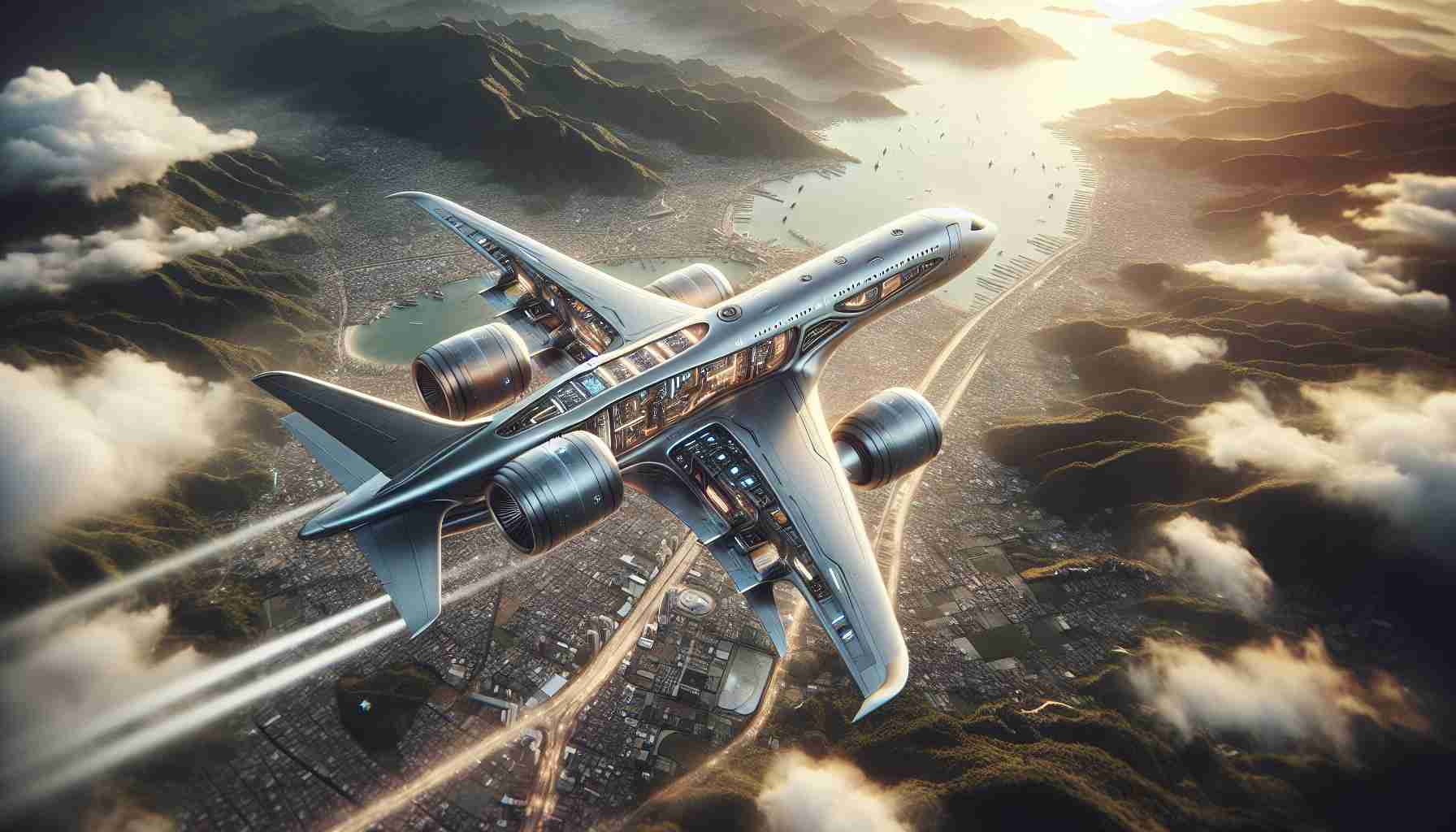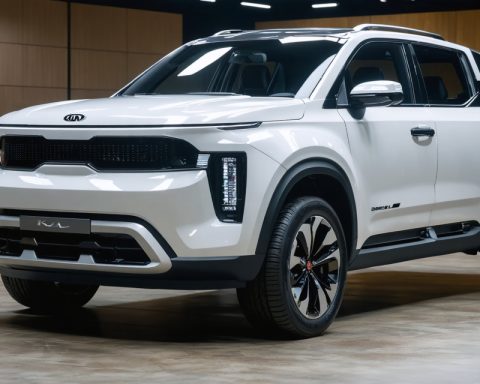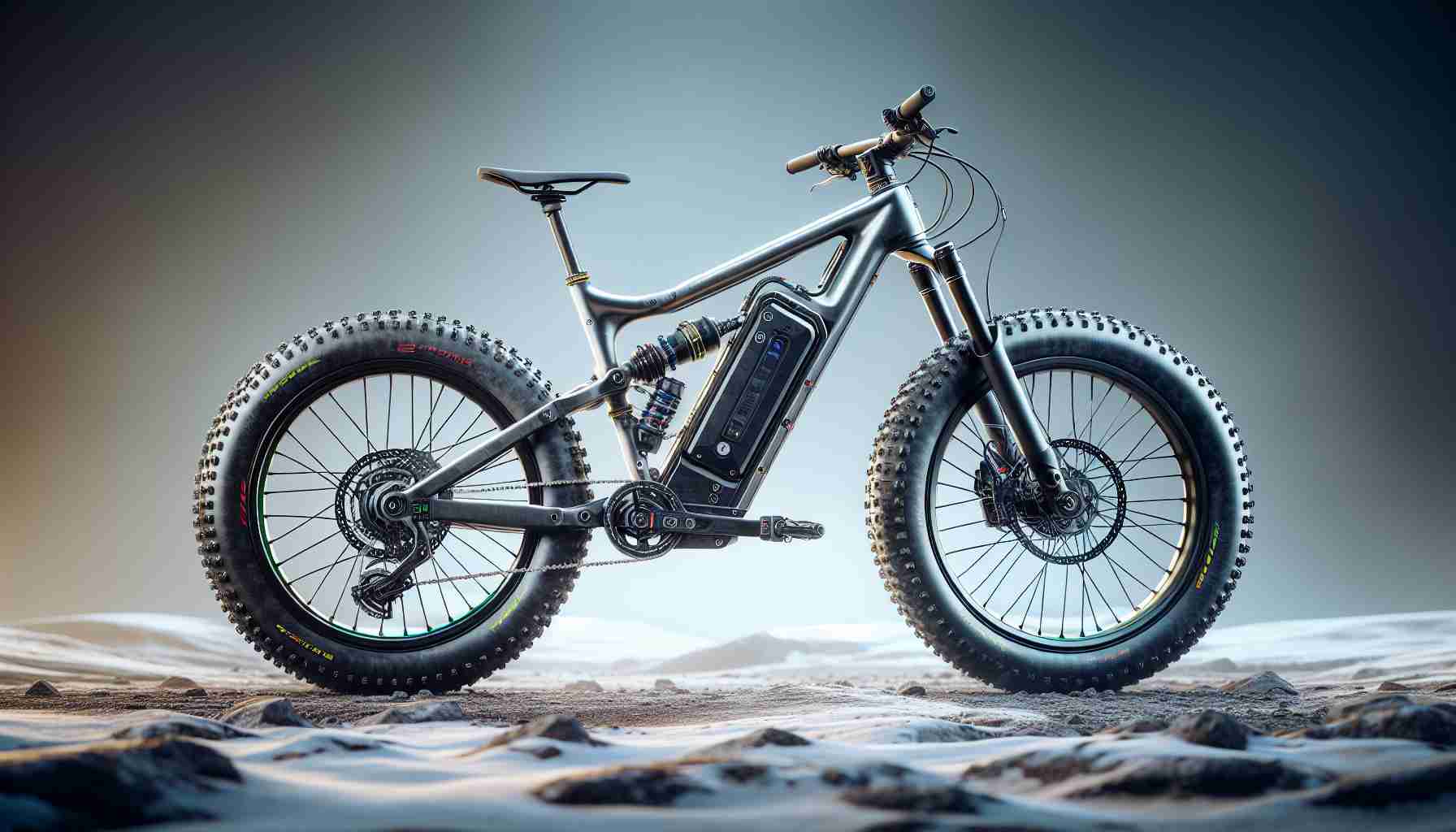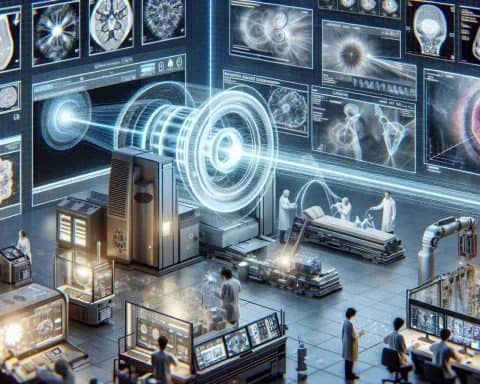When we think of air travel, images of large airplanes and crowded airports often come to mind. However, recent technological breakthroughs are redefining what air travel means, paving the way for more efficient and sustainable aviation solutions. These developments focus on cleaner energy, greater accessibility, and smarter designs.
Electric Propulsion has emerged as a game-changer in the aviation industry. Companies are actively developing fully electric aircraft capable of short-haul flights. These planes aim to reduce the carbon footprint significantly, offering a sustainable alternative to traditional fuel-powered jets. They promise quieter, cleaner, and more economical flights, making them ideal for regional travel.
Another exciting advancement is the rise of urban air mobility solutions. With the increasing congestion of city roads, air taxis are set to become a reality. These compact, efficient, and autonomous flying vehicles are designed to transport passengers across cities swiftly, bypassing ground traffic concerns. Imagine skipping rush-hour traffic by taking to the skies!
Furthermore, the exploration of vertical take-off and landing (VTOL) technology signifies a revolutionary step in air transport. VTOL aircraft requires minimal runway space, making it perfect for urban settings and remote areas lacking infrastructure.
As these technologies continue to mature, the landscape of air travel will diversify and expand, offering exciting new possibilities for both personal and commercial transportation. Whether it’s cutting down on travel time, reducing emissions, or simply making air travel more accessible, the future of aviation promises to be as thrilling as the journey itself.
Revolutionizing the Skies: What’s Next in Aviation?
The aviation industry is on the brink of a transformation with trends that aim to redefine air travel. As technology advances, new solutions are emerging that promise not just sustainability but also redefine the logistics of flying.
Insights Into Electric Propulsion
Electric propulsion is rapidly evolving as a pivotal technology in flying. With fully electric aircraft, the industry is seeing the potential for reduced costs in fuel and maintenance, alongside decreasing greenhouse gas emissions. These electrically powered flights are not only more environmentally friendly but also quieter, offering a substantial reduction in noise pollution. They are particularly suited for regional commutes and are expected to have shorter turnaround times than traditional flights due to their simpler operational mechanics.
Urban Air Mobility and VTOL Trends
Urban air mobility (UAM) is gaining momentum as a solution to urban congestion. Companies aim to introduce air taxis that leverage VTOL capabilities, providing a futuristic means of transportation that could end the hustle of road traffic. These solutions are particularly appealing for city dwellers and frequent commuters. The VTOL technology additionally offers the versatility to access remote areas, potentially reshaping rescue missions and urgent deliveries in less accessible regions.
Future Innovations and Predictions
The future of aviation is not limited to how we fly but also to where we land. Urban infrastructures may soon adapt to accommodate VTOL vehicles, leading to design innovations in city planning with skyports or drone hubs. Predictions suggest that metropolitan areas will integrate vertical take-off and landing pads into commercial buildings, office complexes, and transportation centers.
Furthermore, as technology continues to develop, the prospect of integrating AI advancements for autonomous flights is on the horizon. This could significantly enhance safety metrics by reducing human error and optimizing flight paths for efficiency.
Sustainability and Security Aspects
One of the fundamental goals for the future is achieving carbon neutrality. Innovations such as electric propulsion directly contribute to a sustainable aviation model. Nonetheless, the rise in technology also brings security challenges. There will be a continual need for robust cybersecurity measures to protect autonomous systems and communications against potential threats.
Pricing and Market Analysis
The entry of new, carbon-neutral aircraft is expected to influence the market dynamics of air travel. The initial costs may be high due to the advanced technology involved, but as electric aircraft become more commonplace, costs are predicted to decrease. The evolving market landscape suggests that regional travel might become more affordable, inviting increased competition and potentially lowering fares.
Conclusion
The trajectory of aviation advancements holds a promise for a cleaner, more efficient, and accessible mode of transport. With these visionary steps, the industry is poised to offer unprecedented convenience while aligning with global sustainability goals. As air taxis and electric planes transition from concept to reality, the skies will indeed become more open and versatile.
For more about the future of air transportation, visit International Air Transport Association or AIRBUS.












